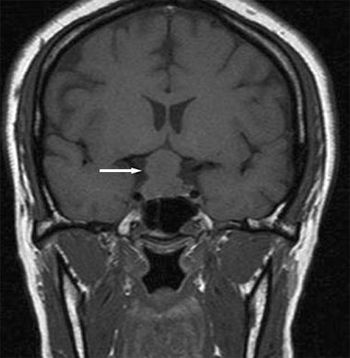
It’s quick, easy and free to register on Consultantlive.com. Your first membership benefit: enter a drawing for an Amazon Kindle! Registered users also get unlimited access to everything our site has to offer, including the ability to print and share content, premium content, and clinical updates sent right to your in-box.


